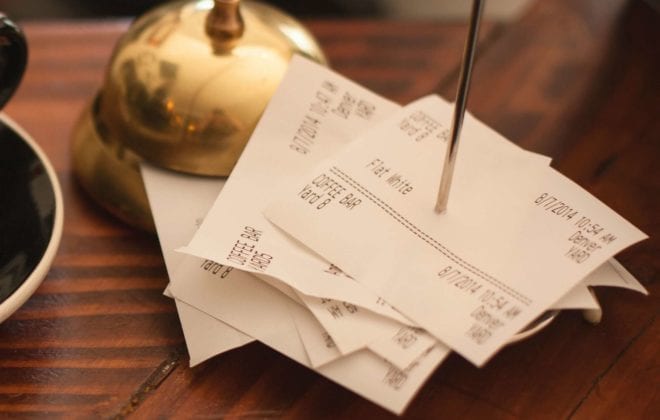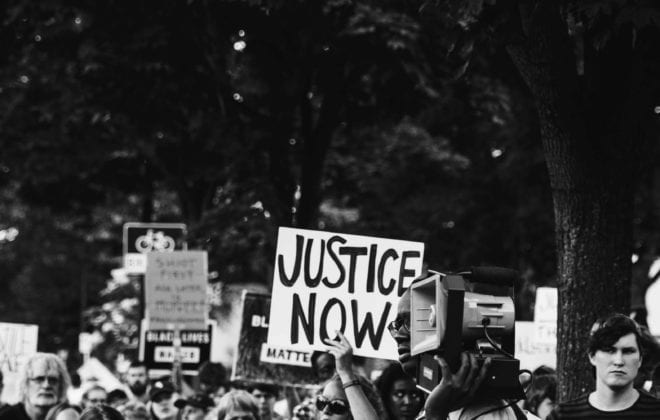Welcome to the Greatest American Depression
SIMPLE & QUICK: The American Dream descends with its economy into doubt and darkness during a most dangerous presidency with dicey leadership and a delicate disposition toward following science
Donald Trump promised to “Make America Great Again.” However, in his third year in office, he is confronted with the greatest economic collapse in American history. It may be an economic collapse that flew into the country as a novel coronavirus, but Americans now know that the virus causes COVID-19— a sudden respiratory disease responsible so far for over 40,300 American deaths.
COVID-19 has thrown the world into a sudden economic shut down and put billions of people under restrictive stay-at-home orders. What should Americans expect when new cases of the virus subside and the Great Society begins to reemerge? Where can Americans reasonably see themselves in the next year— or in the next five years?
In February, the media buzz was about a “V-shaped” recovery. The idea is that the economic shutdown is a temporary phenomenon caused by a temporary inconvenience. And that as quickly as the economy came to a halt, it will just as quickly return to pre-pandemic activity. This will prove to be a fantasy. Instead, America finds herself in a deep and widening economic sinkhole. It will take at least a decade to recover. And it will take an entire generation, or two, to re-innovate economic salvation.
Optimistically, the recovery will resemble a slanted checkmark. Many of what were just a month ago leading industries that support important micro-economies (leading industries thought to be reliable and permanent fixtures) will not return. Those who do return will return at a much-decreased capacity.
Examples of industries that will be late to return or may not return at all include sports franchises spanning from amateur teams to professional franchises. Losses will include restaurants from local cafés all the way up to corporate dining chains. Others will be small businesses like yoga studios and state-of-the-art private membership gyms. There will be community colleges that stumble to re-open and quickly shutter, and there will be state universities that find themselves insolvent.
To return to normal, mass antibody testing and a fuller understanding of where the virus is in all aspects of American life is mandatory. As is an transparency in communicating the facts alongside the national response. This is also what is needed to encourage consumers to return to a semblance of pre-pandemic economic life. Or what was once life in any general sense.
Parents want to know that sending children to school will not bring home an invisible death that takes out their parents and kids’ grandparents. Cross-fit instructors want to know that holding a class will not result in the death of a client. Café and restaurant owners do not want to be in the headlines for killing their daily clientele. This doubt is pervasive in both the American entrepreneur and her consumers. If it is not mitigated it will become a ligature that strangles the American GDP for decades.
America must establish and follow a coherent national response and quickly enact sweeping economic loss mitigation policies. The policies should relieve consumers and entrepreneurs of doubt. If the United States does not provide an extensive economic net, there will be cascading business failures that reverberate through all sectors of every industry.
One year from now, Americans can anticipate having a general understanding and grip on a new normal. There will probably be a vaccine within sight or perhaps available to some already. There will be a confirmed treatment absolving Americans of fear of death from COVID-19.
However, the USA can anticipate that it will still be economically restrained by necessary physical distancing measures. In five years, Americans will have re-established most affected industries and physical distancing will have mostly subsided. Unfortunately, the Greatest American Depression will be with America into 2030.





